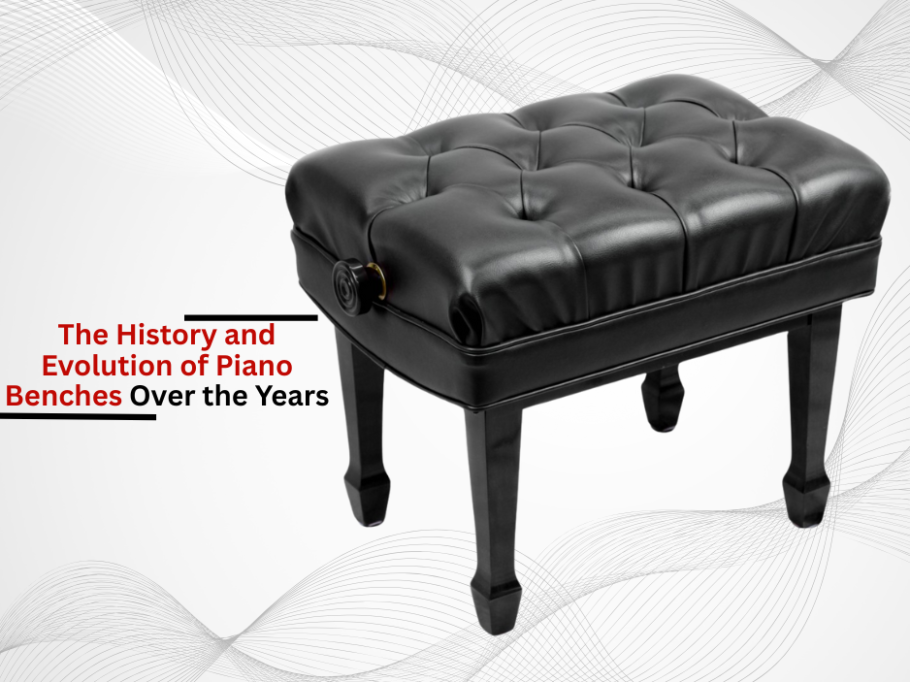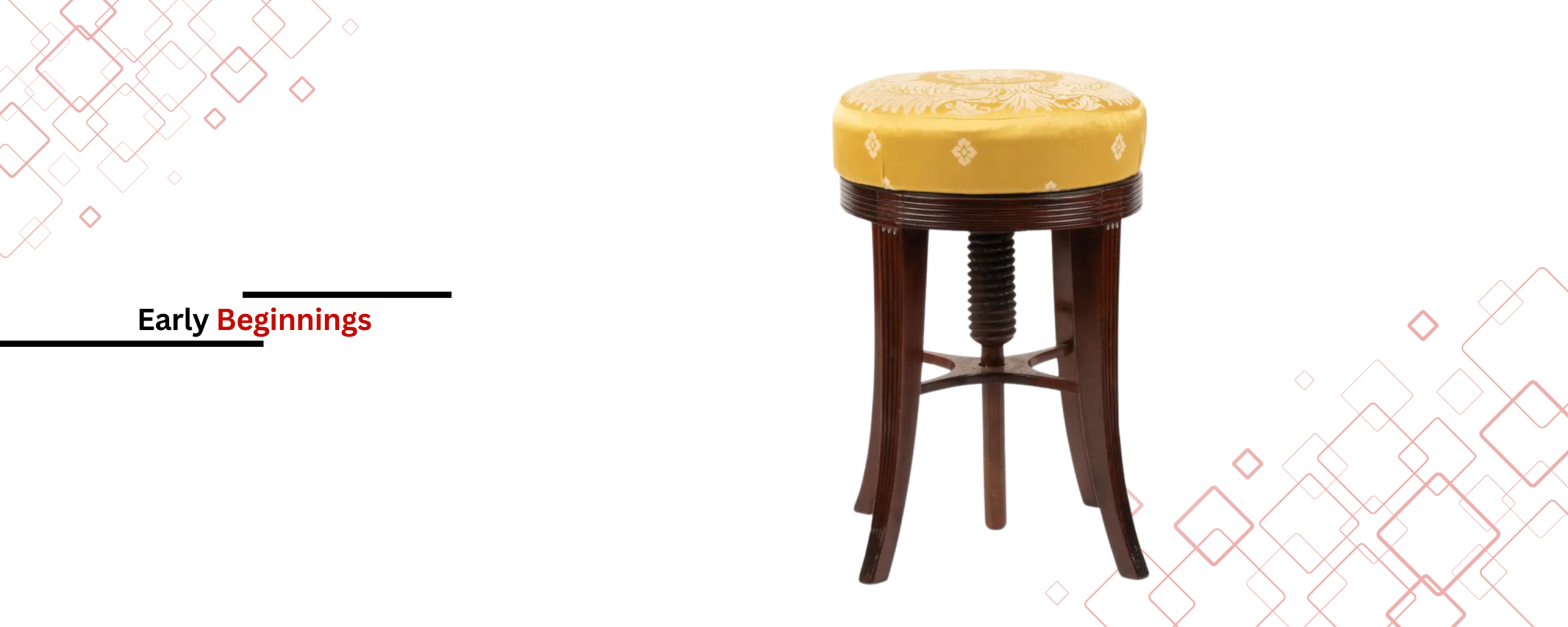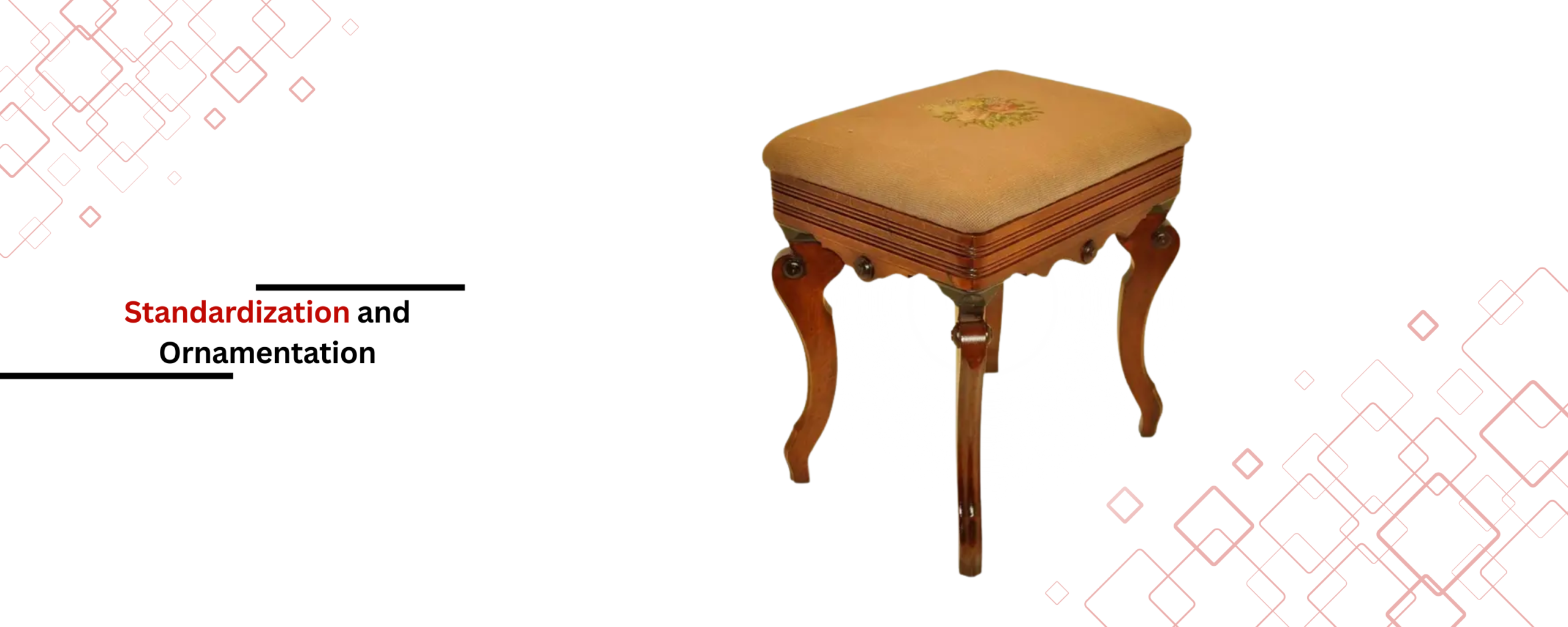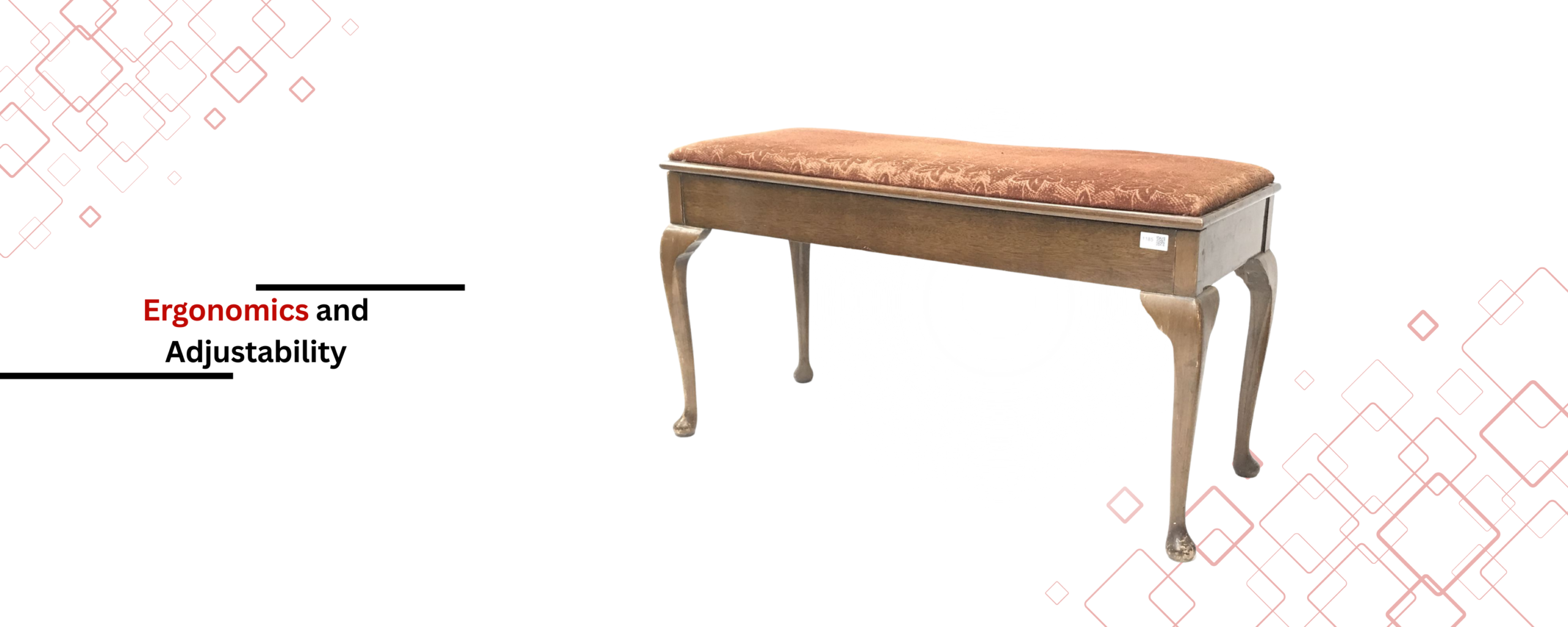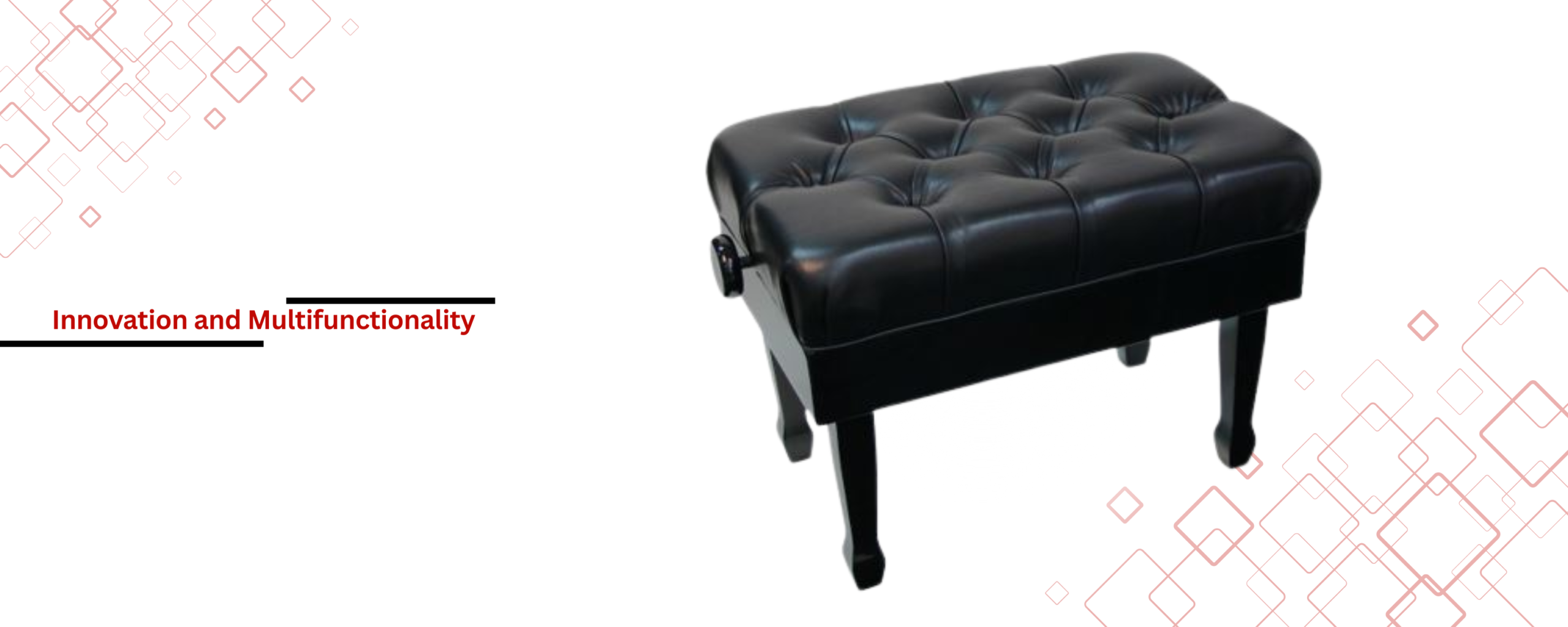The piano bench is often overlooked; however, alongside the piano, it has undergone an evolution of its own. From primitive stools to ergonomic works of art, its history showcases the changes in the world of music, architecture, and technology. In enduring shifts to how musicians approached the piano, this article shows how different the design of the piano bench has been throughout the centuries.
To know more, Read: Top Picks for Keyboard and Piano Benches in 2025
Beginnings: The 18th Century
In the early 18th century, the piano was introduced. Its beginnings brought along an entirely new seating arrangement, showing the world how customizability was yet to become the norm. The early keyboard instruments like the harpsichord and clavichord came along with their very own multipurpose, versatile furniture set.
Pianos with Stools for Seating as a Basic Setup:
The first versions of piano benches can easily be mistaken for basic stools and chairs. Every piano player had a designated resting space, which they could shove anywhere in the house. Unlike contemporary models, ancient styles provided no options for customization that mechanically changed the height of the seat. Musicians were forced to sit in a way that their heads lowered to the instrument.
Materials and Construction:
As a result of insufficient comfort along with a lack of upholstery, early benches crafted from sturdy woods such as oak or walnut were built to last, but offered little comfort. Finer households possessed ornate carvings on their benches, which hinted at the cultures growing status and refinement.
The 19th Century: Standardization and Ornamentation
Purpose-built benches that complemented the piano and its interior décor became a necessity around the 19th century as it became the centerpiece of every middle-class home.
The Rise of the Domestic Piano:
Benches were adapted for use with the piano as it transitioned from aristocratic salons to bourgeois parlors. Unlike before, mass production enabled uniform sizing. They were, however, non-adjustable.
Victorian influence on design:
Ornamental over-excess during the Victorian era was embraced all around, which spilled over to piano benches. Gothic or Rococo-inspired intricate carving, tufted legs, and velvet cushions became signature details. High-end models began boasting compartments for discreetly storing sheet music or accessories.
The 20th Century: Ergonomics and Adjustability
The understanding of posture and ergonomics greatly influenced bench design scientifically changed in the 20th century.
Overview of Adjustable Benches:
The height-adjustable seats have been designed with various spindle and screw systems to facilitate use by individuals of different heights. This change has solved many problems regarding discomfort, strain, or stress, especially with professional musicians who practice for hours.
Posture and Health Considerations:
By the mid-century mark, posture exacerbating or enhancing the quality of performance became a very important point of focus. To assist and promote better spinal alignment, padded seats, lower back support, and sloped frameworks were installed. In some models, metal frames were added to wooden constructions, markedly increasing durability.
The 21st Century: Innovation and Multifunctionality
Today, piano benches aim to meet modern lifestyles and technological integration while still retaining the old-world charm.
Modern Materials and Technology:
We now have lightweight aluminum, eco-friendly composites, memory foam, and even bench USB ports, LED lighting, and Bluetooth capabilities. These advances enable a deeper connection with classical music, making it more accessible than ever.
Storage and Space-Saving Designs:
Compact living areas such as urbanized developed studios have made benches with concealed stowage compartments more popular. These multifunctional designs allow the musicians to declutter their workspace without losing style or looking disorganized.
Conclusion
The piano bench’s transformation from a simple stool to an ergonomic masterpiece mirrors the piano’s evolutionary journey alongside cultural changes and technological advancements. Currently, companies such as 5 Core, Roland, Gleam, and On Stage are at the forefront of incorporating both modern features and historical craftsmanship into their products. As we approach an uncertain future where the realms of music and technology are intricately intertwined, the design of the piano bench will surely advance. Its essential function, however, remains the same: to assist the artist physically and mentally during the process of creation.

